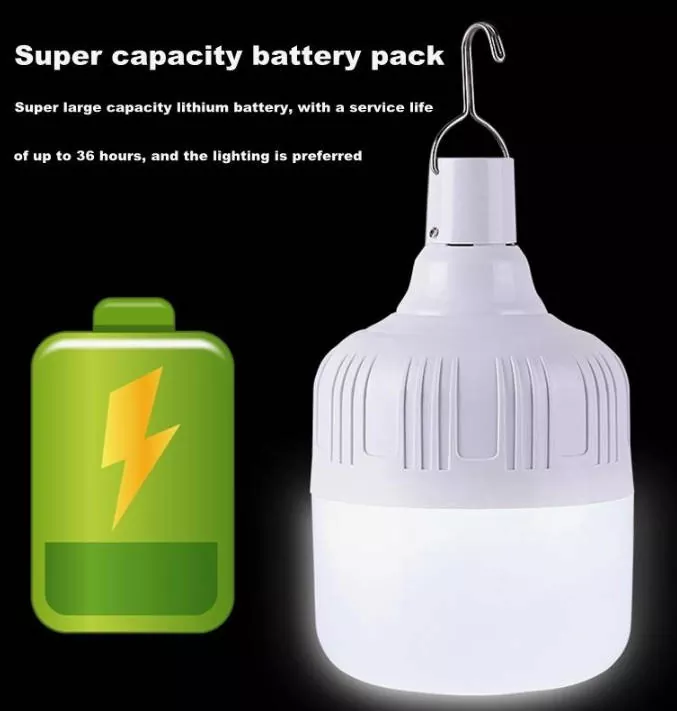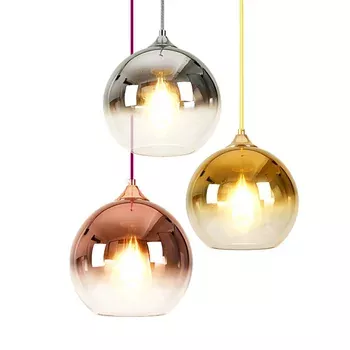Traditional light bulbs and LED (such as fluorescent or incandescent bulbs ) vary significantly in several important ways:

1.Energy Efficiency:
LED bulbs use less energy than traditionalcounterparts making use of less power to provide the same amount of illumination
and resulting in lower electric bills and cost savings for homeowners.
2.Lifespan:
LED light bulbs have a longer lifespan than conventional bulbs. Traditional bulbs can last for up to 1500-50,00 hours, whereas LED bulbs could last the duration of 15,000-50,00.
3.Heat Generation:
Traditional bulbs generate significant heat when creating light, whereas LED bulbs generateonly tiny amounts. This makes LEDs more secure to handle, and also reduces fire hazards in enclosed fixtures.
4.Size and design:
LED bulbs are generally smaller and less bulky compared to traditional ones, providing more options regarding lighting fixture design and placement.
5.Instantaneous Lighting:
LED bulbs provide immediate lighting once switched on, unlike some traditional bulbs, such as fluorescents, which can take a long time to reach their full brightness.

Color Options for Temperature
LEDs can offer a variety of temperatures for color, from warm white through to cool white. It allows the user to adjust the lighting of their living space to meet the requirements of their. Traditional bulbs usually emit one set color, based on their design.
7.Environmental Impact:
LED bulbs are more eco sustainable than fluorescent bulbs as they consume less energy, last longer and don’t contain harmful substances such as mercury.
LED lamp bulbs provide substantial benefits regarding energy efficiency and longevity and safety, as well as environmental impact when compared with traditional bulbs. Although their initial cost could be greater, their long-term advantages usually outweigh their initial expense.

